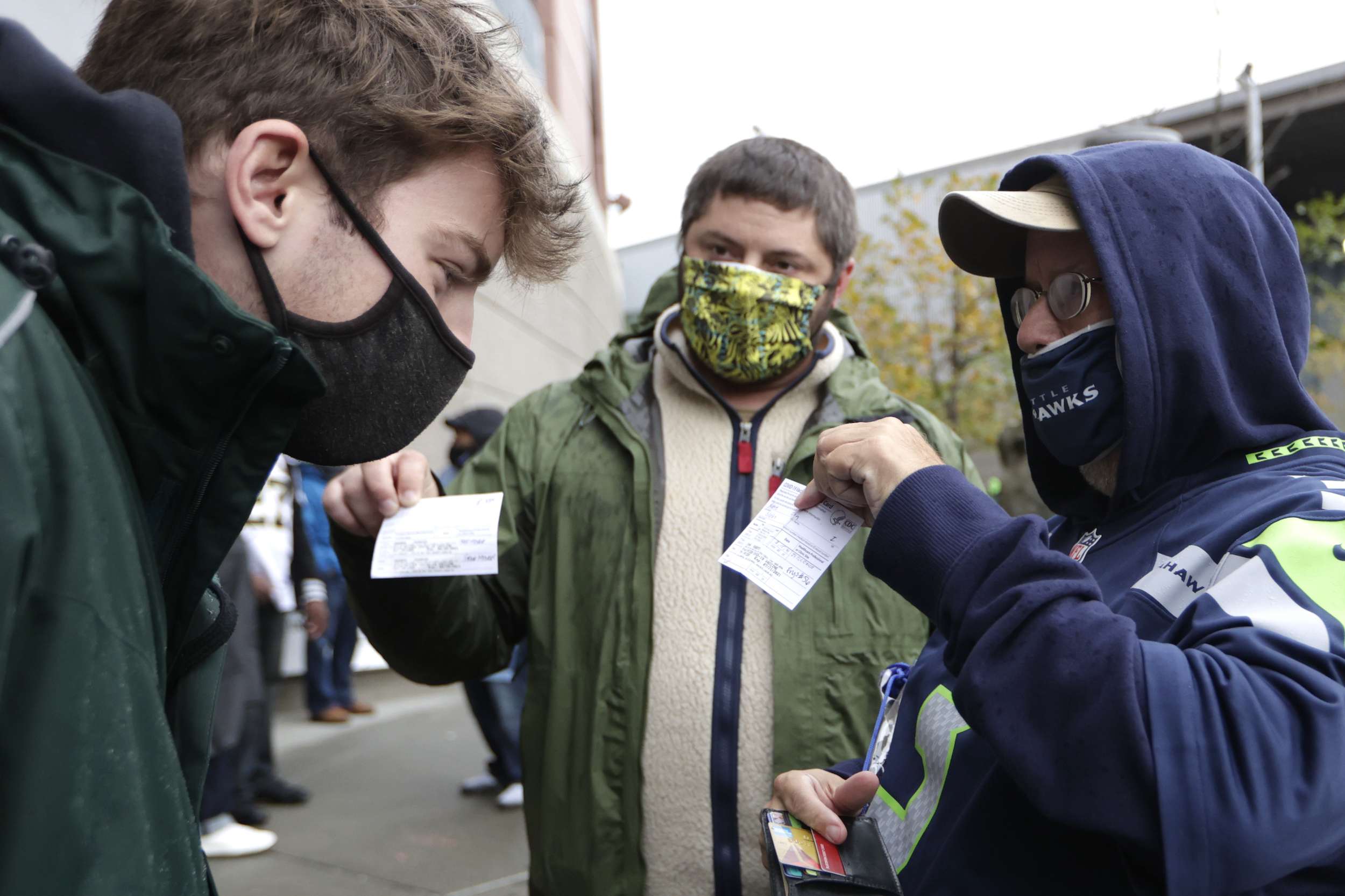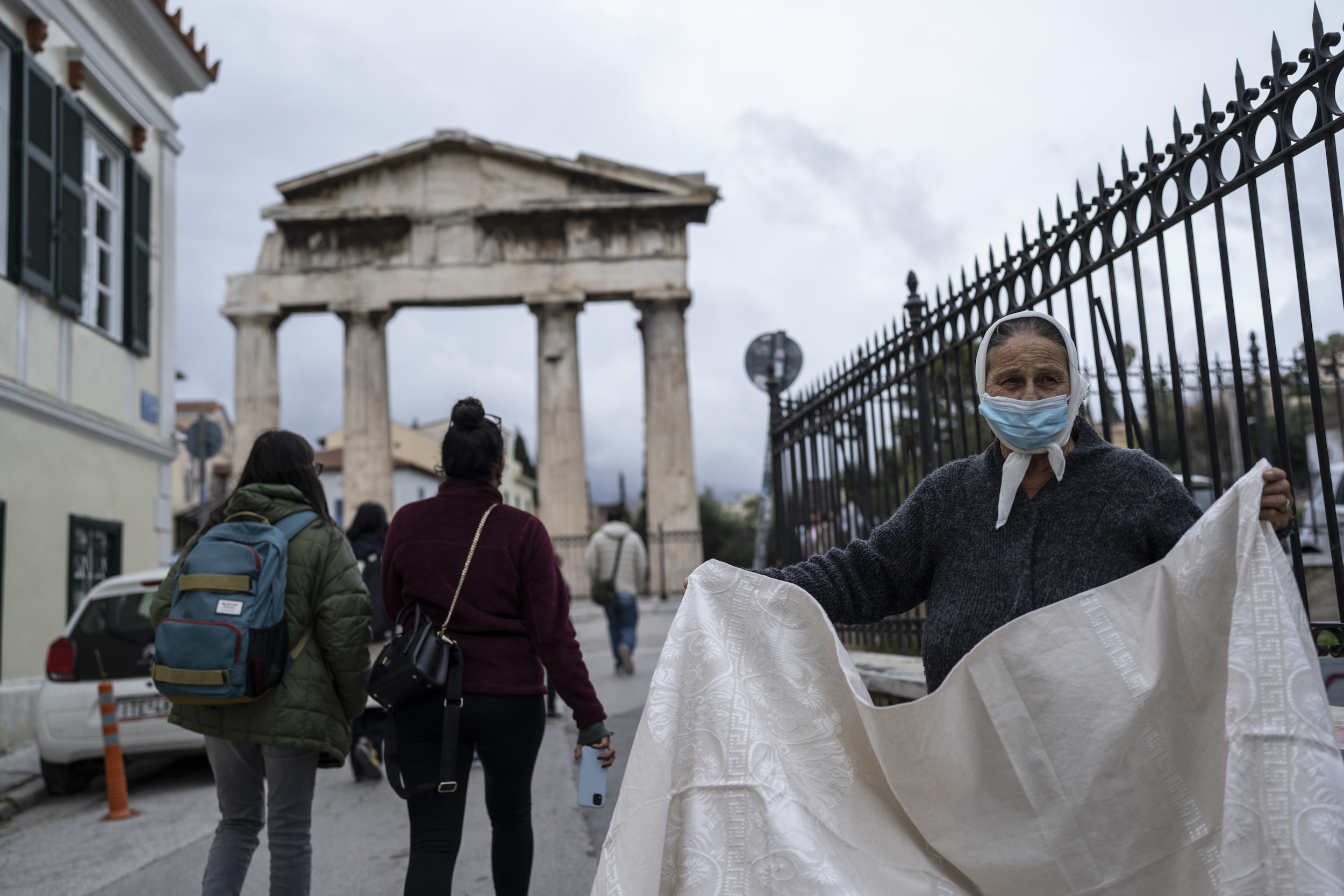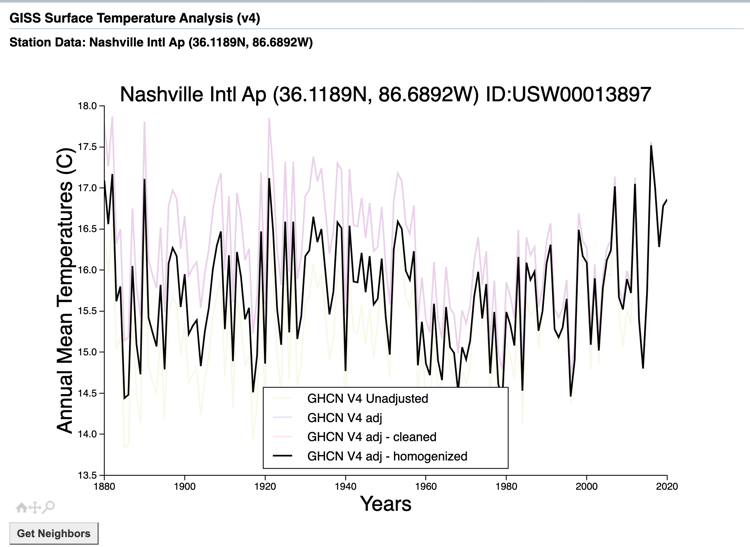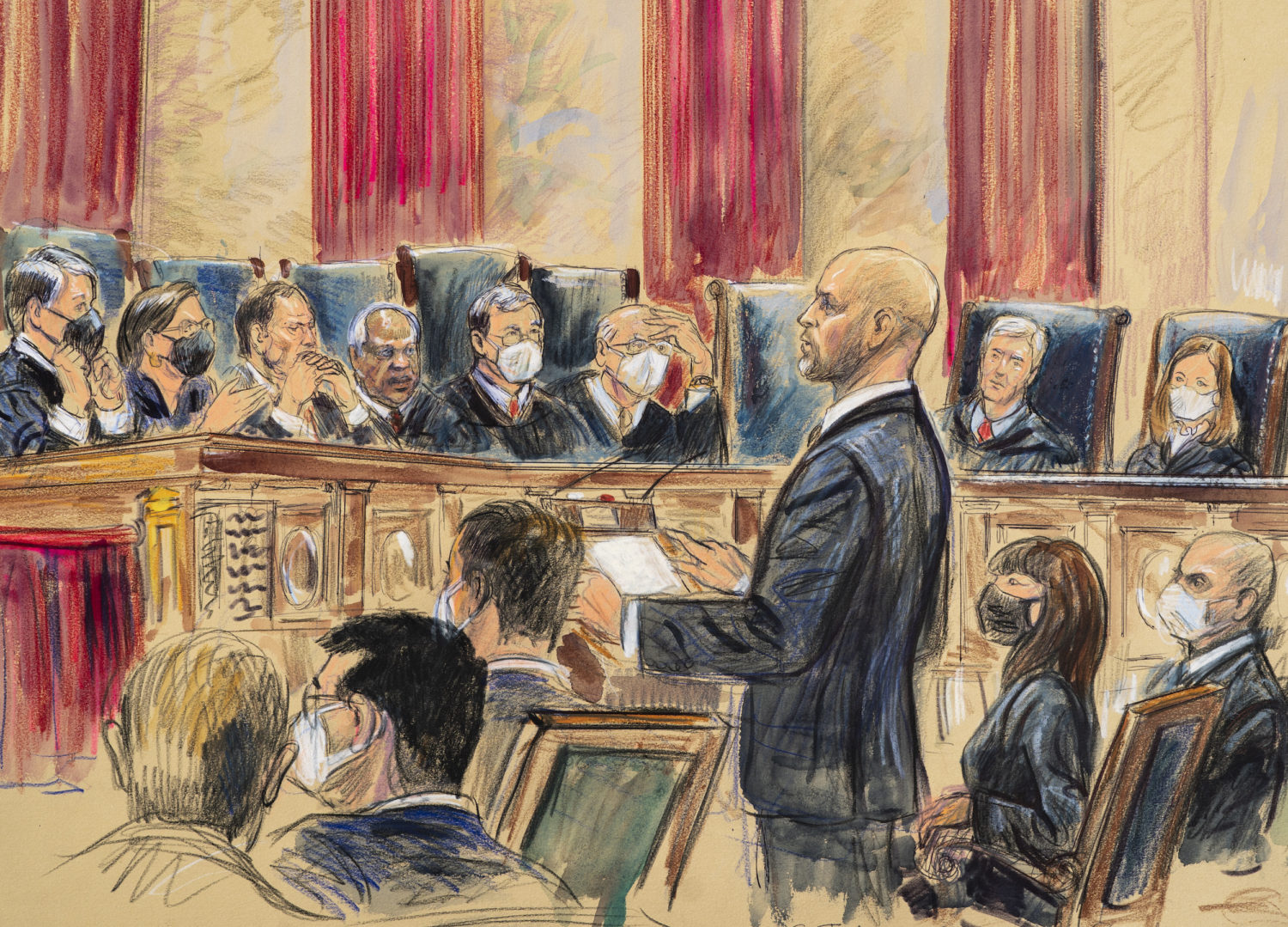 Covering COVID-19 is a daily Poynter briefing of story ideas about the coronavirus and other timely topics for journalists, written by senior faculty Al Tompkins. Sign up here to have it delivered to your inbox every weekday morning.
Covering COVID-19 is a daily Poynter briefing of story ideas about the coronavirus and other timely topics for journalists, written by senior faculty Al Tompkins. Sign up here to have it delivered to your inbox every weekday morning.
The quick version of the story is this: A majority of Supreme Court justices ruled that if Congress wishes for the Occupational Safety and Health Administration to be able to require private-sector workers to be vaccinated or undergo testing, then Congress should say so in legislation. Short of that, the court said, OSHA has the authority to regulate workplace safety but not public health, and a vaccine/testing requirement is an issue of public health.
The court did leave the door open for OSHA to regulate workplaces where COVID-19 represents a direct threat, such as places where people work close to others or where they work around vulnerable individuals.
So who is still covered by federal vaccine mandates? CNET’s list includes:
- Federal workers and employees of contractors that do business with the federal government will be required to be vaccinated
- The Department of Health and Human Services will require vaccinations in Head Start programs, as well as schools run by the Department of Defense and the Bureau of Indian Education.
- Workers in health care facilities that receive Medicare and Medicaid reimbursements, including hospitals and home health agencies, will also have to be fully vaccinated. (Note: More on that below.)
- Individuals applying to become lawful permanent US residents must be fully vaccinated, according to the US Citizenship and Immigration Services.
- All 1.3 million active-duty service members
Go here if you want to read my deeper dive on this topic. I share excerpts of what the court decided in its ruling on the lawsuit — which was filed by businesses and officials from 27 states — and why dissenting justices so passionately opposed the ruling. I also explain why the court’s ruling does not overturn local and state mandates and that employers are still free to require vaccinations — with some limitations. (Ballotpedia points out, “20 states, all with Republican governors, prohibit proof-of-vaccination requirements. In eleven states, governors banned proof-of-vaccination requirements through executive orders. In nine states, legislators passed laws banning proof-of-vaccination requirements.”)
Court rules vaccine mandate stands for some health care workers
The court also ruled that because tax dollars are involved, the government can require health care providers who receive Medicare and Medicaid funds to require employees to be vaccinated.
That ruling largely affects nursing homes and long-term care facilities where employee vaccination rates have lagged far behind hospitals. Here is the latest Centers for Disease Control and Prevention data, which shows that barely more than one in four nursing home workers in the country has gotten fully vaccinated with a booster shot. About 80% of nursing home workers have gotten initial vaccine doses.
The ruling comes even while the newest data shows COVID-19 cases spreading, especially among nursing home residents who are unvaccinated or vaccinated but not boosted. The green line is the rate of COVID-19 cases among the vaccinated and boosted group. Remember, this is a rate of new cases, so the blue line representing vaccinated people is longer because most nursing home residents (87%) are vaccinated.
You can see in the latest data that more than a third of nursing home residents are not “up to date” on their vaccinations as defined by CDC guidelines, which say “up to date” means two shots and a booster dose. Keep in mind that more than eight out of 10 nursing home residents in the U.S. have gotten initial vaccine doses.
Cities impose vaccine mandates

A stadium worker checks the COVID-19 vaccine cards of fans, required before they are allowed to enter, before an NFL football game between the Seattle Seahawks and New Orleans Saints, Monday, Oct. 25, 2021, in Seattle. (AP Photo/John Froschauer)
As I mentioned above, the Supreme Court’s decision not to allow OSHA to mandate vaccinations/testing in private workplaces does not prevent local governments from imposing them. And many of the nation’s tourism hot spots have done just that. Among them:
New Orleans: Anyone 5 or older must have proof of at least one vaccine shot — or a negative result from a COVID-19 test taken within the past 72 hours — to enter many indoor venues that appeal to tourists. In this city of food, that includes restaurants, bars, hotels and outdoor events of more than 500 people if total attendance is more than 50% of the outdoor venue’s capacity.
Starting Feb. 1, the city will require proof of full vaccination for anyone 5 or older or a negative COVID-19 test taken within the past 72 hours.
New Orleans went into “modified Phase 3” this week, which also now requires masks in all indoor spaces outside the home.
Los Angeles: All customers served in the indoor part of a food or beverage establishment and other types of indoor venues must show proof of full vaccination before entry, including restaurants, bars, hotel ballrooms, gyms and fitness venues, movie theatres, sports arenas and museums.
The California Department of Public Health is requiring masks to be worn in all indoor public settings, regardless of vaccine status, until Feb. 15.
Minneapolis: Starting Jan. 19, people will have to show proof of vaccination or a negative COVID-19 test to get into restaurants or events that serve food or drinks. On Jan. 26, the policy also applies to all ticketed events.
New York City: The city has some of the strictest requirements in the country for attending sporting events, theater performances, dining indoors, using a gym or entering a bar.
Children ages 5 to 11 are now required to have proof of vaccination for public indoor activities. They must show they have received at least one dose of a vaccine. Starting Jan. 29, children ages 5 to 11 must also show proof of full vaccination.
People aged 12 and older participating in public indoor activities are now required to show proof they have received two vaccine doses, except for those who have received one dose of the Johnson & Johnson vaccine.
Boston: Starting Saturday, the city requires proof of COVID-19 vaccination for indoor dining, fitness venues, theaters and arenas. Starting March 1, children 5 to 11 must show proof of one dose of vaccine. On May 1, children 5 to 11 must show proof of full vaccination.
Philadelphia: “Philadelphia establishments that sell food or drink for consumption onsite will require that everyone who enters has completed their COVID vaccinations. The city is not requiring booster doses. This mandate will not be applied in K-12 and early childcare settings, hospitals, congregate care facilities, special population providers that serve food, residential or healthcare facilities, grocery stores, convenience stores, or other establishments that primarily sell food and drink for offsite use, or in Philadelphia International Airport, except in traditional seated restaurant or seated bar style locations.”
Chicago: With the new year, the city began requiring proof of vaccinations for people going to indoor dining, bars, fast food establishments, coffee shops, food courts, dining areas of grocery stores, banquet halls, and hotel ballrooms, indoor gyms and fitness venues, indoor entertainment and recreation venues where food or beverages are served — including, but not limited to, movie theaters, music and concert venues, live performance venues, sports arenas and performing arts theaters. Some businesses say they are seeing a drop in customers since the vaccine mandate began.
Washington, D.C.: Starting Saturday, the District begins requiring proof of vaccination at gathering places where people will be required to show proof of at least one dose. Then on Feb. 15, patrons will be required to show proof of two doses.
More than 400 colleges and universities require vaccines for students and staff who teach, learn, work in-person on campus.
Big private employers with vaccine mandates
Many large employers used the threat of an OSHA mandate as a foundation for their own self-imposed vaccine mandate. Many big media companies are in that number. Among some of the largest employers that require vaccinations or approved exemptions, according to a list compiled by CNET:
- Amtrak
- AT&T
- DoorDash
- Ford
- General Electric
- IBM
- Lyft
- McDonald’s
- Microsoft
- NBCUniversal
- Netflix
- Salesforce
- Southwest Airlines
- Tyson Foods
- Uber
- United Airlines
- Walgreens
- Walmart
Countries with vaccine mandates

A woman wearing a protective mask sells a blanket in front the Gate of the ancient Roman agora, in the Plaka district of Athens on Tuesday, Dec 28, 2021. (AP Photo/Petros Giannakouris)
Many other countries do have vaccine mandates.
- Greece: Starting Sunday, people over age 60 who refuse the vaccination will face monthly fines.
- Austria: The country with one of Europe’s lowest vaccination rates will require all adults to be fully vaccinated by Feb. 1 or face fines.
- Indonesia: Vaccines are mandatory for all adults.
- Germany: It does not have a mandate yet but it is leaning toward one soon.
- Costa Rica: It plans to make COVID-19 vaccinations required for children ages 5 and older.
Army offers $50K to enlist skilled recruits
During the pandemic, lots of businesses have offered signing bonuses, but few are as hefty as what the U.S. Army is dangling for new recruits.
The Associated Press says the Army, for the first time, is offering a maximum enlistment bonus of $50,000 to highly skilled recruits who join for six years. When schools moved to remote learning, it made it more difficult for recruiters to reach young prospects in schools and public events, which are hot spots for face-to-face contacts.
Given the high standards, it will be difficult for many to qualify for the top bonus.
The final figure depends on when they agree to ship out for training, if they already have critical skills and if they choose airborne or ranger posts. Certain careers — such as missile defense crew, special forces, signals intelligence and fire control specialists who coordinate battlefield weapons operations — can often come with the maximum bonuses. But other key jobs include infantry, intelligence analyst, combat medic specialist, military police, combat engineer and several others. And those may change every month, based on available spots in the training pipeline and other service needs.
Until now, the Army has offered a maximum bonus of $40,000.
Even with the pandemic-era recruiting challenges, the Army says more people serving in the military decided to stay last year. The lightest recruiting months of the year are February to May. The heaviest are right after high school graduation, when grads go out and try to find jobs.
India braces for a million Hindu worshippers this weekend
Between now and Sunday, a million Hindu worshippers will gather on the banks of the Ganges River. Government officials are extremely worried that it will spread COVID-19 far and wide. In theory, worshippers will be tested, but nobody seriously believes that can happen with such an enormous crowd. Al Jazeera explains, “January 14, on the important Hindu day of Makar Sankranti, pilgrims visit Gangasagar village for a dip at the confluence of the Ganges and the Bay of Bengal. They believe doing so washes away their sins and those of their ancestors.”
The last 7 years were the warmest in history

In this Aug. 16, 2019, file photo, large icebergs float away as the sun rises near Kulusuk, Greenland. The last decade was by far the hottest ever measured on Earth, capped off by the second-warmest year on record. (AP Photo/Felipe Dana, File)
Let’s take a step away from COVID-19 for this one other significant issue that I want to help you localize.
2021 tied for the sixth warmest year on record, according to new NASA data. NASA reports:
Continuing the planet’s long-term warming trend, global temperatures in 2021 were 1.5 degrees Fahrenheit (0.85 degrees Celsius) above the average for NASA’s baseline period, according to scientists at NASA’s Goddard Institute for Space Studies (GISS) in New York. NASA uses the period from 1951-1980 as a baseline to see how global temperature changes over time.
Collectively, the past eight years are the warmest years since modern recordkeeping began in 1880. This annual temperature data makes up the global temperature record — which tells scientists the planet is warming.
According to NASA’s temperature record, Earth in 2021 was about 1.9 degrees Fahrenheit (or about 1.1 degrees Celsius) warmer than the late 19th century average, the start of the industrial revolution.
NASA has a useful video explaining the data. Want to dive into the GISS data yourself? Here you go.
Now, something I bet you didn’t know about. You can use this GISS interactive and pull the temperature tracking data for any of the 7,554 reporting stations around the globe just by pointing to the location and starting a plot. Say, for example, you wanted to see the temperature average over time for Nashville. It would look like this:

(GISS/NOAA)
Remember, look for trends, not anomalies. Read the caveats and details on how to use this data.
We’ll be back next week with a new edition of Covering COVID-19. Are you subscribed? Sign up here to get it delivered right to your inbox.










